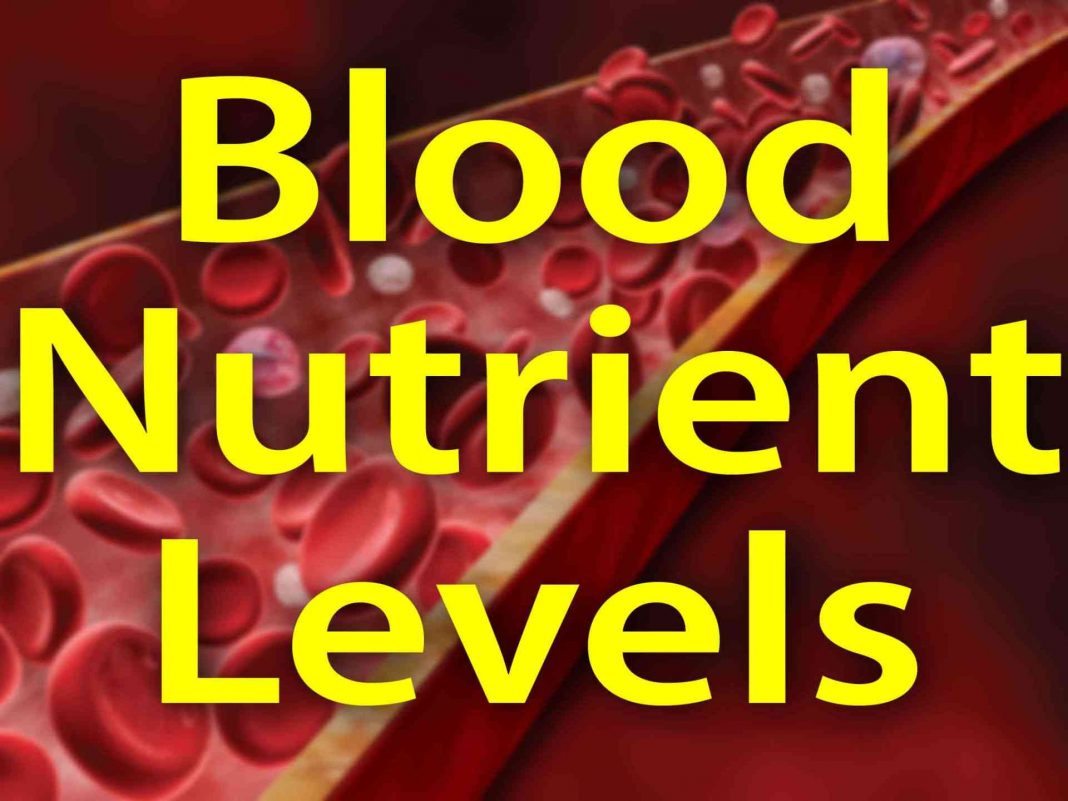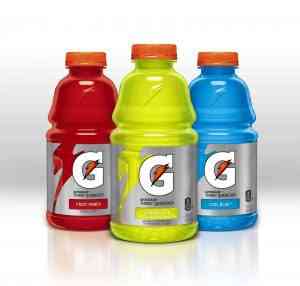
The Importance of Maintaining Blood Nutrient Levels
Strength training. Cardiovascular conditioning. Proper dieting.
They all play their unique role in boosting your performance on the track. But they also work together to influence one of the most potent contributors to your overall success.
 Your blood.
Your blood.
More specifically, your blood’s ability to produce, maintain and transport crucial nutrients throughout your body.
And two of the most essential nutrients it handles are blood sugar and electrolyte levels.
- Optimal blood sugar levels kept your body alert and energized during an event.
- Electrolytes (mainly sodium, potassium, and calcium) prevent your muscles from becoming too fatigued and cramping.
If one of the two becomes too “out of whack,” your performance on the track is guaranteed to suffer.
 (The amount of sugar in Gatorade should start making sense right about………now.)
(The amount of sugar in Gatorade should start making sense right about………now.)
Hydration: The Blood Nutrient Regulator
Physical conditioning and dieting are the keys to having optimal blood nutrient levels on race day.
But once the race starts, there’s another factor that has an immediate impact on your blood sugar and electrolyte levels; Hydration.
Your supply and ratio of blood nutrients are significantly impacted by the amount of water in your body. And having too little or too much of it in your system will have negative consequences on the track.
The Effects Of Dehydration On Blood Nutrient Levels
Dehydration is as common as taking a shower in the motocross community.
During a practice session or event, your body loses moisture (a.k.a. water) through the process of sweating and heat exposure.
With each bead of sweat perspired, the following happens:
- Your blood sugar level rises.
- Your electrolyte count drops.
Neither one is good. And together they often lead to the following symptoms:
- Low energy levels
- Depleted mental awareness
- Sluggishness
- Cramping
- Muscle spasms
- Slow reaction times
- Loss of strength
Here’s where things get tricky…
When a rider experiences one (or more) of the above symptoms, he knows he needs more fluids. So he dramatically increases his intake of water and sports drinks.
But he doesn’t realize that by drinking TOO much he is overhydration, which will bring on a completely different set of performance destroying symptoms…
The Effects Of Overhydration On Nutrient Levels
Cramps.
They’re often the rider’s first sign that he’s dehydrated. And so it goes that when he starts cramping up, he immediately starts chugging water.
But here’s what he doesn’t know…
His cramps are caused by a significant drop in his body’s electrolyte levels. And when he introduces more water into his system, what few electrolytes he has left will become diluted.
As a result, his cramps don’t get better. They get worse.
That sudden consumption of water also places him at risk of getting hyponatremia – a condition caused by low blood-sodium levels.
Hyponatremia can lead to the following symptoms:
- Confusion
- Muscle weakness
- A headache
- Nausea
To sum it up as simply as possible…
Proper blood nutrient levels during an event can mean the difference between the first-place finish and a DNF.
Related: Get your nutrient levels maxed out with this 7-day meal plan before you ride!
How To Stay Properly Hydrated On The Track
You can read an in-depth article on how to stay properly hydrated here (complete with an informative video on performance hydration from Sodexo Education).
Here are the basic guidelines:
- Drink between 16 and 20 ounces of fluid (water or electrolyte drink) 2-3 hours before your session or event, and at least 8 oz. just before it starts.
- Switch to 8 to 10 oz. of fluid every 15 minutes during the session or event.
- Drink between 16 and 20 ounces of fluid no later than two hours after the end of the session or event.
If you have any questions or anything to add, please leave them in the comments or on our FaceBook page!
